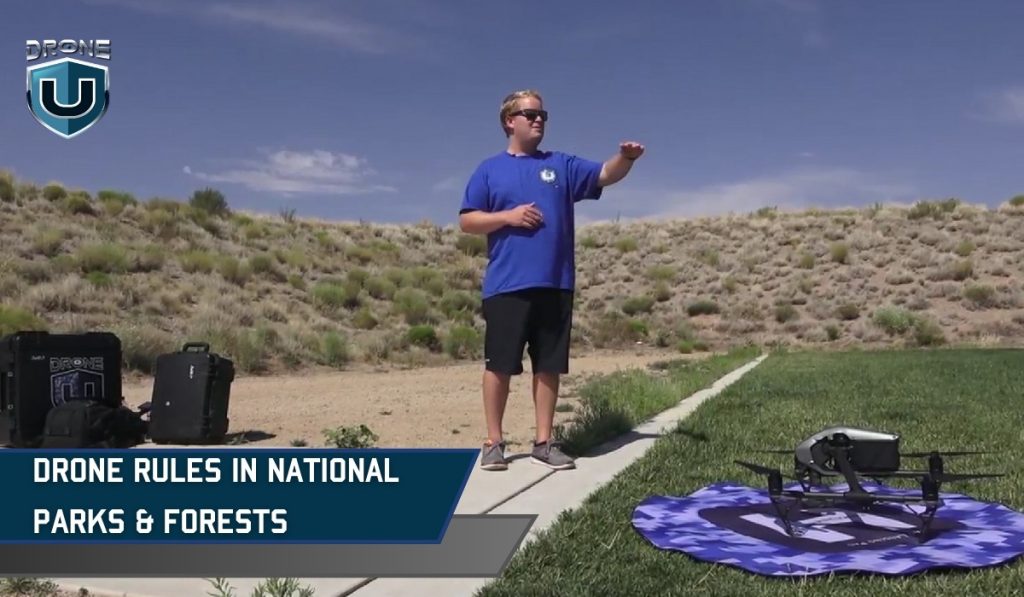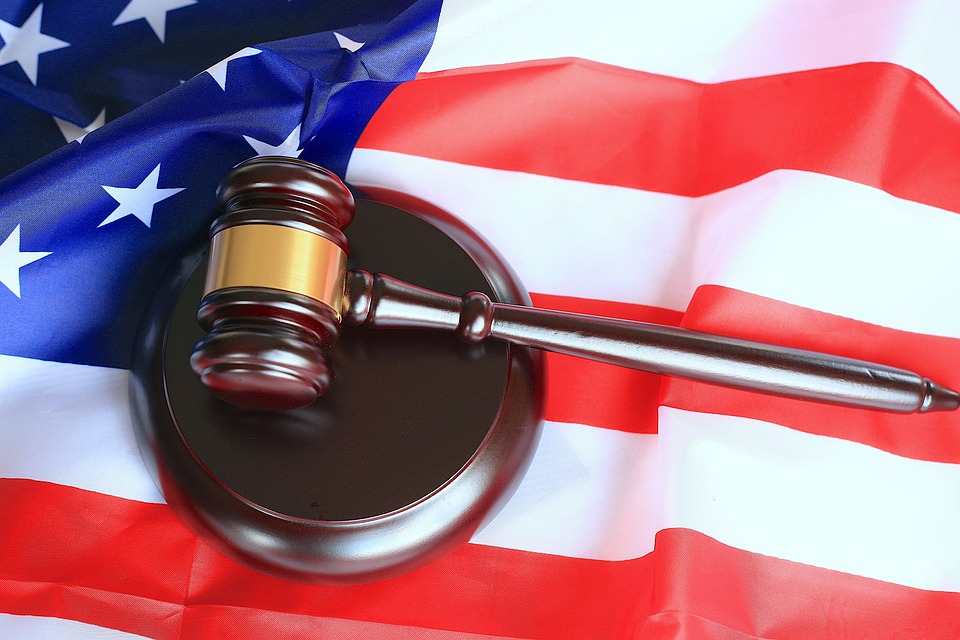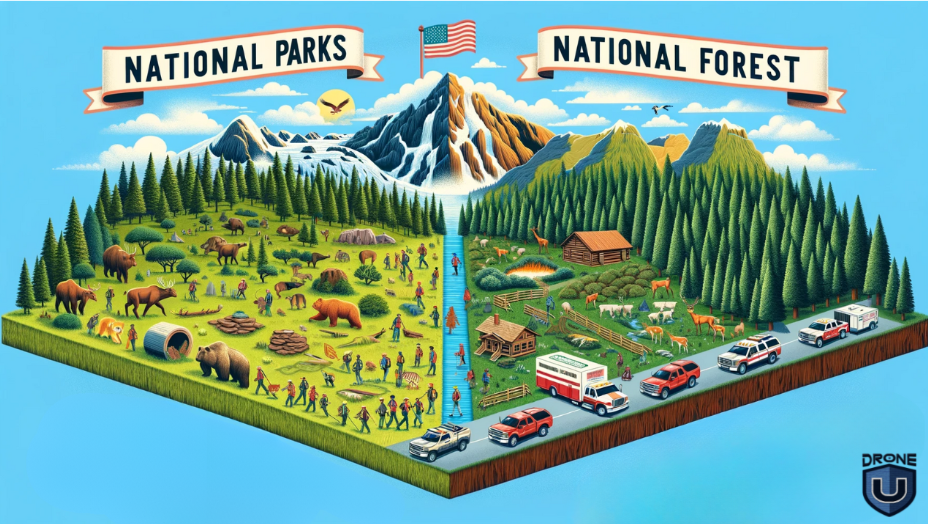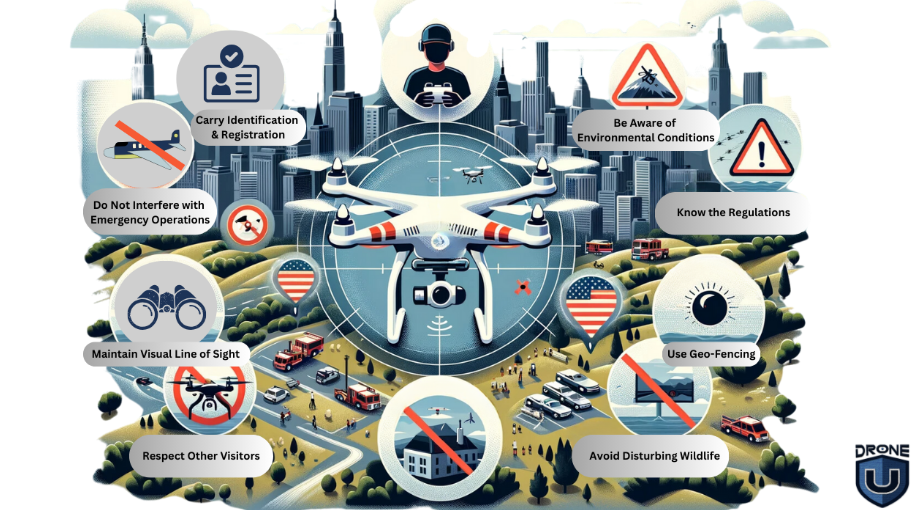
Operating drones in the United States requires adherence to specific regulations, particularly within National Parks and National Forests. Understanding these rules is essential for responsible drone use.
With recent legislative updates and ongoing changes in park policies, drone enthusiasts must stay informed to avoid violations.
In this article, we will share the most updated information on rules for flying drones in National parks and forests.
National Parks: Drone Use and New Filming Rules

The National Park Service (NPS) prohibits the use of drones within all National Parks. This ban, established in 2014, aims to protect wildlife, ensure visitor safety, and preserve the natural ambiance. Violations can result in fines and confiscation of equipment.
Recent legislative changes have eased restrictions on photography and filming in National Parks. The FILM Act, signed into law in January 2025, allows small groups (fewer than six individuals) to engage in filming activities without obtaining a permit, provided they comply with park regulations and do not disrupt park resources or visitor experiences.
Check out the video to learn about getting the permit to fly drones in a national park
However, this legislative change does not affect the prohibition of drone use. The ban on drones remains in place to protect park resources and visitor experiences.
Additionally, you may use UAS for scientific studies in certain units of the National Park Service. To do so, consult the NPS Park Aviation Manager (PAM) and park research coordinators to ensure you meet all UAS and related requirements. If needed, follow up with the Regional Aviation Manager (RAM).
Additional Park Restrictions
Some parks are introducing new measures to manage visitor impact. For instance:
- Canyon de Chelly in Arizona will soon ban commercial air tours, including any drone-related activities, to maintain the area’s tranquility and cultural significance.
- Five more National Parks have implemented reservation systems in 2025 to control overcrowding and protect natural resources. Drone operators and other visitors must plan their trips carefully to comply with these new rules.
National Forests: Opportunities and Restrictions
In contrast to National Parks, drone use in National Forests is generally permitted, subject to specific guidelines:
- Wilderness Areas: Drones are prohibited in Congressionally designated Wilderness Areas to maintain their pristine conditions.
- Temporary Restrictions: Certain areas may have temporary flight restrictions due to events like wildfires or wildlife nesting seasons.
- Local Regulations: Some National Forests may have additional rules or require permits for drone operations.
For the most current and detailed information, it’s advisable to consult directly with the U.S. Forest Service or visit their official website.
How These Rules Differ From Those In National Parks

The rules for drone use in National Parks and National Forests in the United States differ significantly due to the differing management goals and policies of the National Park Service (NPS) and the U.S. Forest Service (USFS).
Here’s a comparison of how the rules vary:
National Parks (Managed by NPS)
- General Prohibition: The NPS generally prohibits the launching, landing, and operation of drones within the boundaries of National Parks. This ban is aimed at protecting wildlife, and visitor experiences, and preserving the natural soundscape.
- Special Permits Required: Drone use is typically only allowed with special permits, and these are usually granted for scientific research, resource management, or other administrative purposes.
- Strict Enforcement: Violation of drone regulations in National Parks can lead to significant penalties, including fines and legal action.
- Focus on Preservation: The NPS’s strict stance on drones is largely driven by its mandate to preserve natural and cultural resources and to provide unimpaired enjoyment of these resources for future generations.
National Forests (Managed by USFS)
- More Lenient Rules: The USFS generally allows the use of drones in National Forests, but operators must follow Federal Aviation Administration (FAA) regulations and USFS guidelines.
- Restrictions in Specific Areas: Drone use may be restricted in certain areas, particularly near wildfires or in designated wilderness areas where the use of motorized equipment is prohibited.
- Consideration for Wildlife and Environment: While drone use is permitted, pilots are advised to avoid disturbing wildlife and sensitive habitats.
- Commercial Use: For commercial drone operations or specific drone activities beyond recreational use, a special use authorization from the USFS may be required.
Key Differences
- General Policy: The NPS adopts a more restrictive approach due to its focus on preservation, whereas the USFS provides more flexibility, reflecting its multiple-use mandate which includes recreation, conservation, and resource management.
- Enforcement and Penalties: The potential consequences for unauthorized drone use are generally more severe in National Parks compared to National Forests.
- Area Restrictions: National Parks have a broader prohibition, while National Forests have more specific restrictions related to certain areas or activities.
Tips For Safe Drone Operation In Sensitive Areas

Operating drones in sensitive areas like National Parks and National Forests requires careful consideration and adherence to specific safety guidelines to ensure both the protection of the environment and the enjoyment and safety of other visitors.
Here are some tips for safe drone operation in these areas:
1. Know the Regulations
Before flying a drone, be aware of and understand the specific regulations of the area you’re in. National Parks generally prohibit drone use, while National Forests have more lenient rules but with certain restrictions.
It’s important to note that each National Park operates as its own entity, so regulations and permitting processes can vary.
Though they share a general prohibition on drone use, any permit requests should be directed to the specific park you’re planning to visit.
Check out the National Park Service website for specific rules about flying in a National Park and contact the Park directly if you need a permit.
2. Avoid Disturbing Wildlife
Drones can stress or scare wildlife, leading to negative impacts on their natural behavior and habitat. Keep a safe and respectful distance from animals.
3. Respect Other Visitors
Be mindful of other people’s experiences in these natural settings. Avoid flying drones near other visitors, especially in quiet areas where people seek solitude and peace.
4. Maintain Visual Line of Sight
Always keep your drone within your line of sight. This is the law and helps in avoiding unintended interactions with wildlife, people, or other aircraft.
5. Aware of Environmental Conditions
Weather conditions can change rapidly in outdoor settings. Be aware of wind, temperature, and other environmental factors that can affect drone operation.
6. Use Geo-Fencing If Available
Some drones come with geo-fencing capabilities that can help prevent them from entering restricted areas. Make use of these features to stay compliant with area regulations.
7. Do Not Interfere with Emergency Operations
Never fly a drone near emergency response efforts, such as firefighting or search and rescue operations. Drones can severely hamper any efforts with these critical activities.
8. Carry Identification and Registration
Have your drone registration and identification on hand in case you are approached by authorities or other individuals questioning your drone use.
These guidelines provide a general overview, but it’s always best to consult directly with the relevant authorities or their websites for the most accurate and up-to-date information.
For best practices shared by the NPS, check out this link.
Conclusion
While recent legislative changes have made it easier for photographers and filmmakers to operate in National Parks without permits, the prohibition on drone use remains unchanged.
In National Forests, drone use is generally allowed, but it’s essential to follow specific guidelines and respect any local restrictions.
Additionally, with new restrictions such as reservation systems and air tour bans in certain parks, drone operators should plan and remain vigilant about evolving policies.
Staying informed and practicing responsible drone use will help ensure compliance and preserve the beauty of these treasured landscapes.







Add Your Comment